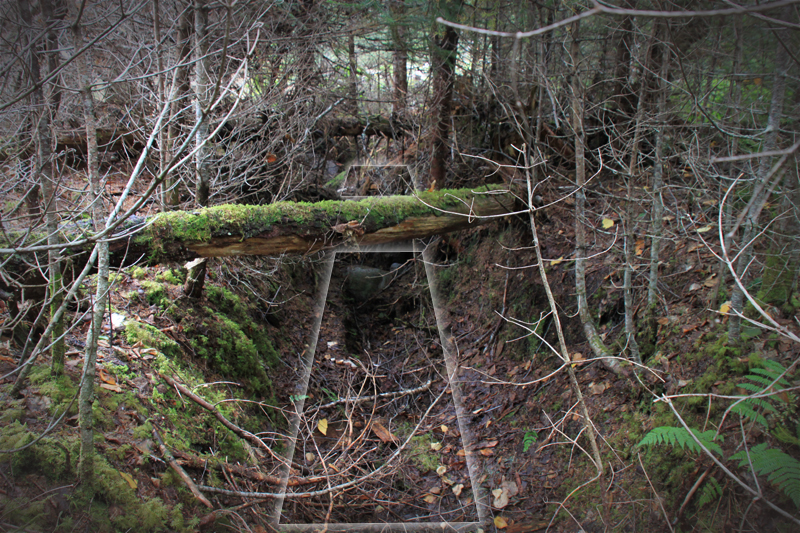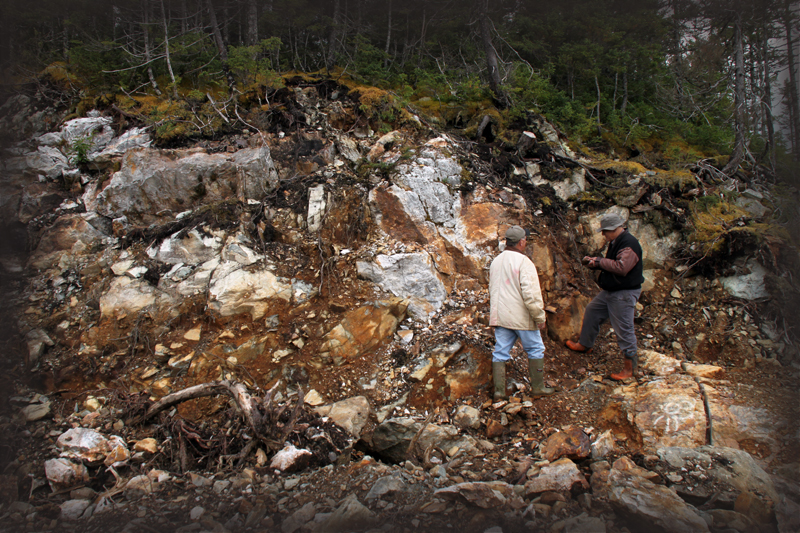Drilling and Mineral Exploration
On the Horn-Mesher Project, 3 holes aggregating a total of 584.10 metres were successful in intersecting pyrite enriched sulphide mineralization in a sequence of highly prospective volcanic rocks. The holes were positioned to test the source for copper – gold, surface mineralization and geochemical anomalies detected on the Lundberg Grid during earlier work programs completed by property owner North Range. The grid covers an area in the east section of the property where historical surface mineralization, principally in boulders, also records high-grade base and precious metals mineralization with gold assays ranging up to 1 oz/ton reported by earlier workers.
Five drill sites were selected for drilling and at the start of the drill program the first 2 holes (HM-01-10 & HM-02-10) were unable to penetrate a thick cover of boulder overburden, which was encountered up to 18 metres (59 feet) below surface. The remaining 3 sites were successfully drill tested by holes HM-03-10 to HM-05-10.
These holes to a maximum core depth of 251.52 metres in HM-05-10 (185 metres vertically) intersected a thick sequence of intensely altered and structurally deformed volcanic rocks, which display textures (e.g. cavities and bladed quartz crystals) typical of epithermal gold deposits. The volcanic rocks display intense silica, carbonate, epidote, chlorite and graphite alteration. Silicified sections display exhalative horizons typically found in VMS (Volcanogenic Massive Sulphide) mineralized districts and exhibit brown (umber) and red (jasper) silica horizons typical of these districts.
The pyrite mineralization consists of frequent, thin laminations and bands together with disseminations ranging up to 4% total pyrite content. Minor chalcopyrite mineralization is also observed and suggests that this sequence of rocks may be a possible host for the base and precious metals.
Based on the historical exploration and geological mapping reported for this area these intensely altered rocks appear not to be documented in the area and therefore the drilling has succeeded in identifying a previously unrecognized package of prospective rocks. Also these holes are distinguished by a thick, up to 30 metre section of extensive quartz – carbonate stockwork veining.




